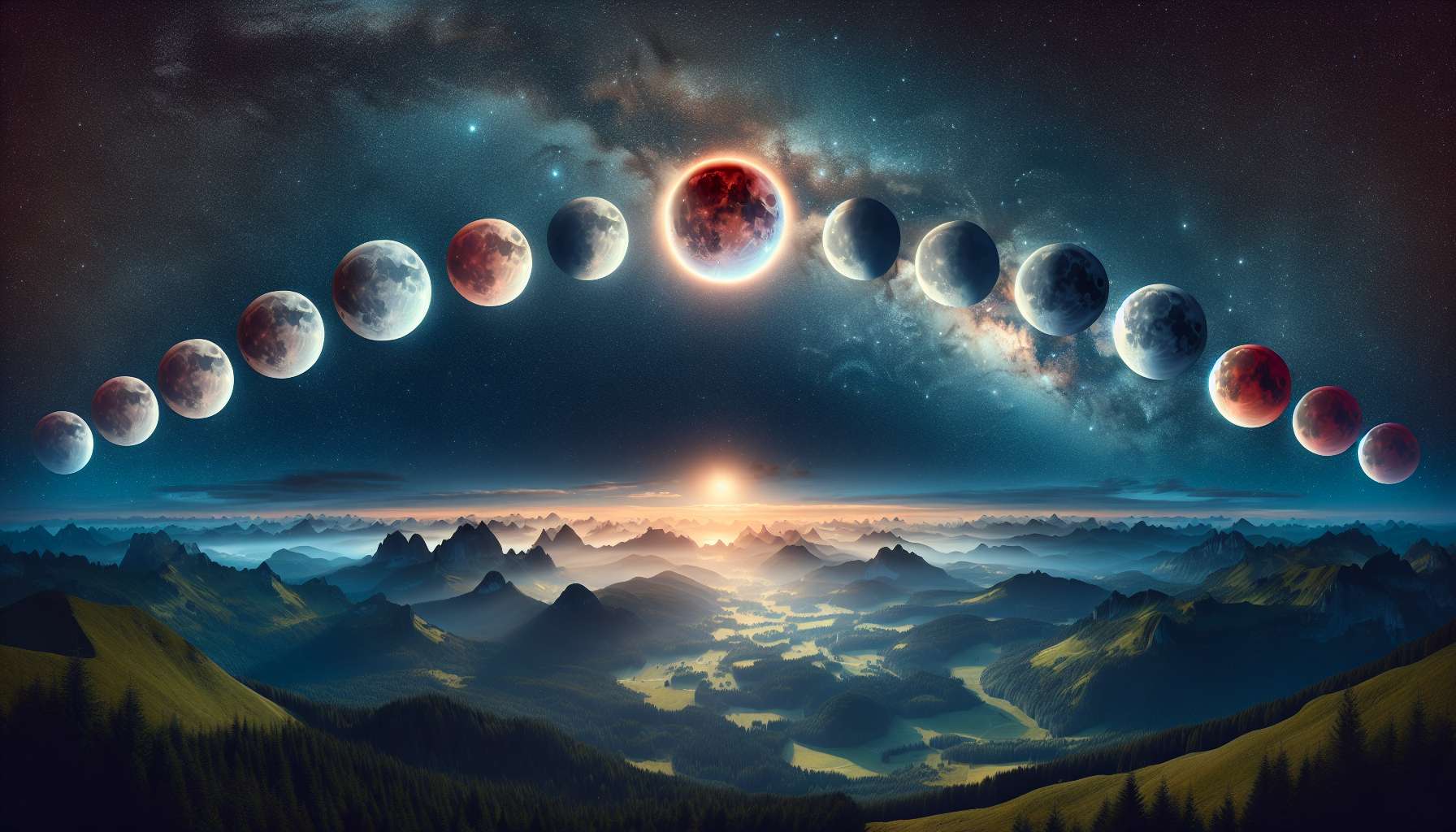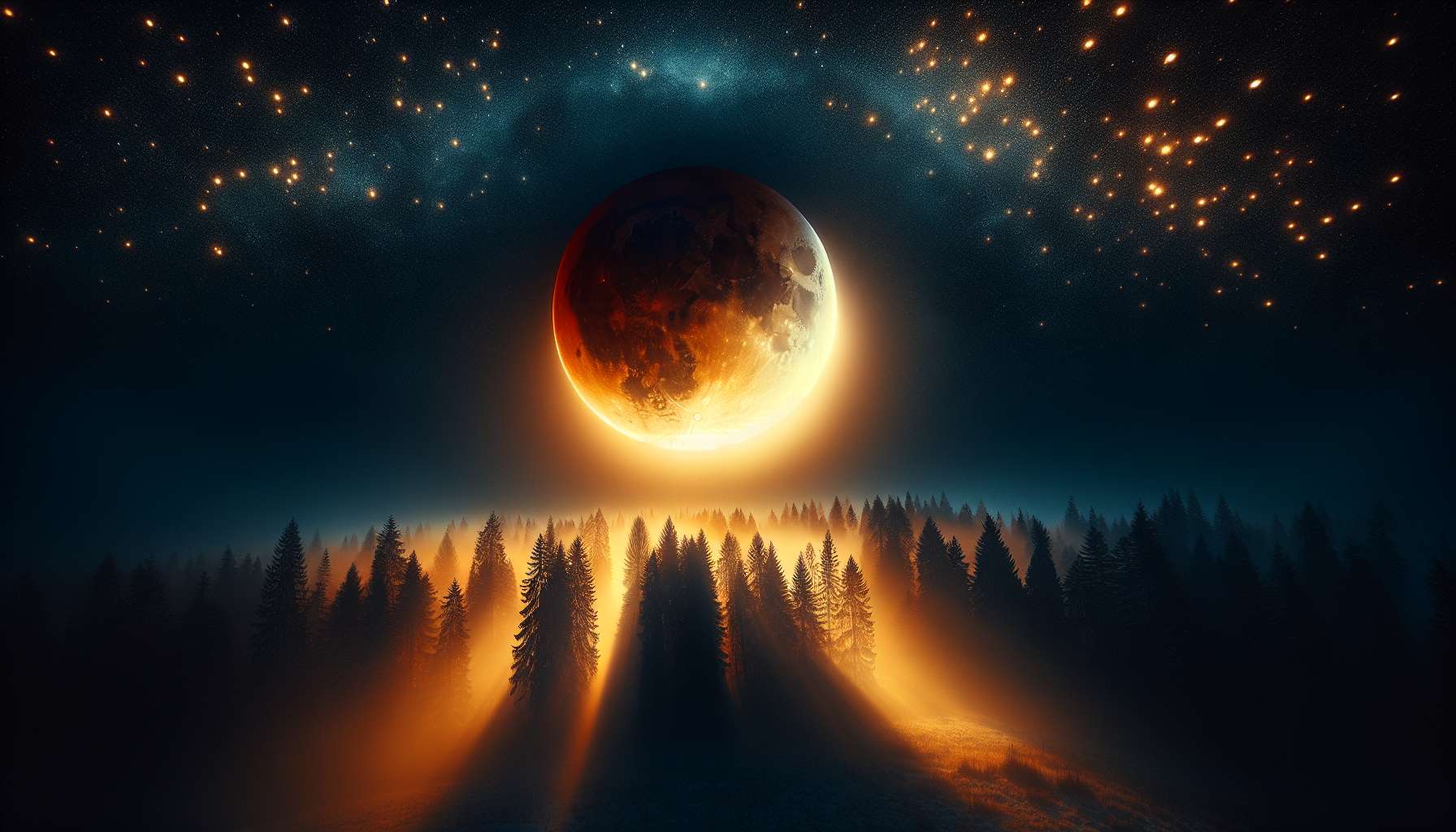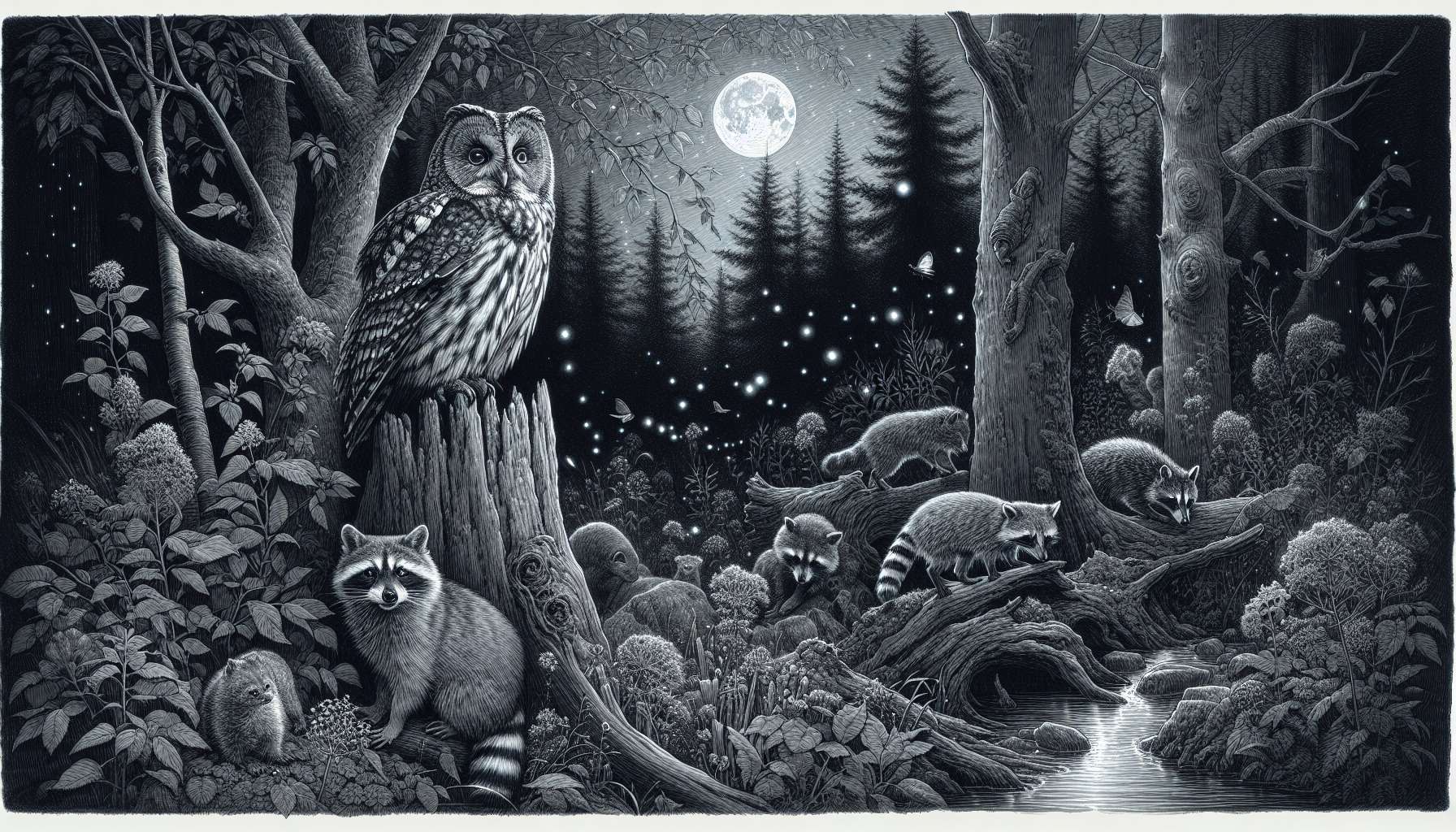Lunar Eclipse Moments: A Journey Through Celestial Spectacles
As we gaze upon the night sky and witness the moon transform into a mesmerizing shade of red, we are experiencing one of the most captivating celestial events known to humankind a lunar eclipse. These rare occurrences have fascinated people for centuries, inspiring myths, legends, and scientific inquiry. In this article, we will delve deep into the realm of lunar eclipse moments, exploring the science behind them, the cultural significance they hold, and the wonders they continue to unveil.
The Science of Lunar Eclipses
A lunar eclipse transpires when the Earth passes between the sun and the moon, creating a shadow that obscures the moon’s surface. There are three primary types of lunar eclipses: penumbral, partial, and total. During a penumbral eclipse, the moon enters the Earth’s outer shadow, resulting in a subtle dimming of its brightness. A partial lunar eclipse occurs when only a portion of the moon is engulfed in the Earth’s shadow, whereas a total lunar eclipse involves the moon being completely veiled by the Earth, often showcasing a striking red hue.
One of the most captivating aspects of a total lunar eclipse is the phenomenon known as the “blood moon.” This eerie yet enchanting appearance is caused by the Earth’s atmosphere scattering sunlight, filtering out shorter wavelengths and allowing longer red wavelengths to reach the moon, casting it in a crimson glow. Witnessing a blood moon during a total lunar eclipse is a truly awe-inspiring spectacle, reminding us of the beauty and complexity of our universe.
The History and Mythology of Lunar Eclipses
Lunar eclipses have long captivated the human imagination, inspiring myths, legends, and religious beliefs across cultures and civilizations. In ancient times, lunar eclipses were often viewed as omens or portents of impending doom. The Mesopotamians, for example, believed that lunar eclipses foretold the death of a king, while the ancient Greeks saw them as signs of divine wrath.
Throughout history, lunar eclipses have been associated with various myths and folklore. In Norse mythology, it was believed that the moon was being devoured by a wolf during an eclipse, leading to the practice of making noise to scare away the creature. The Inca civilization saw lunar eclipses as a time when the moon was under attack and performed rituals to protect it from harm.
Today, while we no longer attribute mystical significance to lunar eclipses, they continue to hold a special place in our cultural consciousness. From ancient beliefs to modern interpretations, lunar eclipses serve as a reminder of our enduring fascination with the cosmos and our place within it.
The Cultural Significance of Lunar Eclipses
Across different cultures and traditions, lunar eclipses have been celebrated, feared, and revered for their symbolic meaning and spiritual significance. In many indigenous societies, lunar eclipses are seen as powerful moments of transformation and renewal, marking the end of one cycle and the beginning of another.
In Chinese culture, lunar eclipses are associated with the myth of the dragon that devours the moon. The practice of banging drums and pots during an eclipse is believed to frighten away the dragon and restore the moon to its full glory. In Hindu mythology, eclipses are seen as inauspicious times when negative energy is amplified, prompting people to take protective measures and perform cleansing rituals.
While the interpretations and customs surrounding lunar eclipses vary widely, one common thread unites them the recognition of these celestial events as moments of profound significance and spiritual awakening. Whether viewed through a scientific or cultural lens, lunar eclipses continue to inspire wonder and contemplation in people around the world.
The Future of Lunar Eclipse Observation
With advancements in technology and space exploration, our understanding and observation of lunar eclipses have reached new heights. Satellites, telescopes, and observatories now provide us with unprecedented views of these celestial events, allowing scientists to study them in greater detail and unravel the mysteries of the cosmos.
In the coming years, as space missions to the moon and beyond become more common, we can expect to see even more groundbreaking discoveries related to lunar eclipses. From mapping the moon’s surface during an eclipse to studying the effects of lunar phases on Earth’s climate, the future holds endless possibilities for expanding our knowledge of these awe-inspiring phenomena.
Expert Opinions on Lunar Eclipse Moments
Renowned astrophysicist Dr. Neil deGrasse Tyson once remarked, “Lunar eclipses are a reminder of the intricate dance of celestial bodies that govern our universe. By observing these rare events, we gain a deeper appreciation for the wonders of nature and the mysteries that lie beyond our world.”
Astronomer and science communicator Dr. Emily Lakdawalla added, “Lunar eclipses provide us with a unique opportunity to witness the beauty and complexity of our solar system in action. Each eclipse offers a glimpse into the intricate dynamics of the Earth-moon-sun relationship, reminding us of the interconnectedness of all things.”
Common Misconceptions About Lunar Eclipses
One common misconception about lunar eclipses is that they occur only during a full moon. In reality, lunar eclipses can only take place when the moon is full, but not all full moons result in an eclipse. The alignment of the sun, Earth, and moon must be precise for a lunar eclipse to occur, making these events relatively rare.
Another misconception is that lunar eclipses are harmful to human health. While some cultures believe that lunar eclipses can have negative effects on pregnant women or children, there is no scientific evidence to support these claims. Lunar eclipses pose no threat to human health and can be safely observed with the naked eye.
Conclusion
As we conclude our journey through the enchanting world of lunar eclipse moments, we are reminded of the beauty, mystery, and wonder that surround us in the vast expanse of the cosmos. From the science behind these celestial events to the cultural significance they hold, lunar eclipses continue to captivate our hearts and minds, inspiring awe and reverence for the marvels of the universe.
Whether we gaze upon the moon during a total lunar eclipse or marvel at the ancient myths and legends that have shaped our understanding of these phenomena, one thing remains certain lunar eclipses are timeless reminders of the interconnectedness of all things and the enduring power of the celestial dance that unfolds above us.
So, the next time you find yourself under a darkened sky, watching as the moon turns a deep shade of red, remember the magic and majesty of lunar eclipse moments, and let them fill you with a sense of wonder and awe for the incredible universe we call home.




